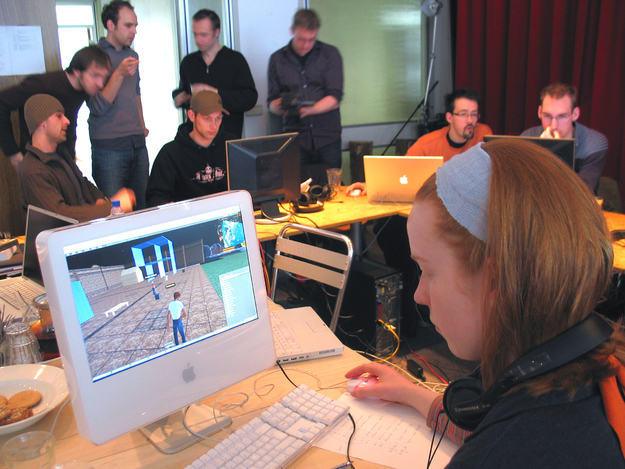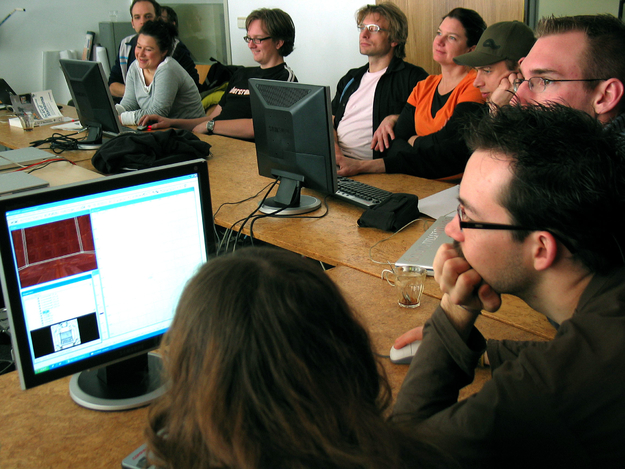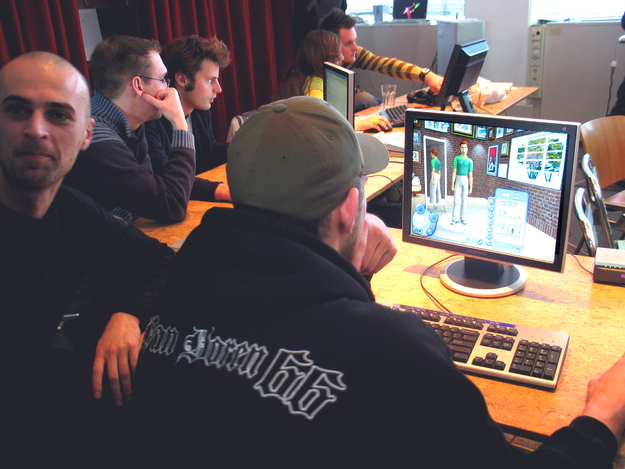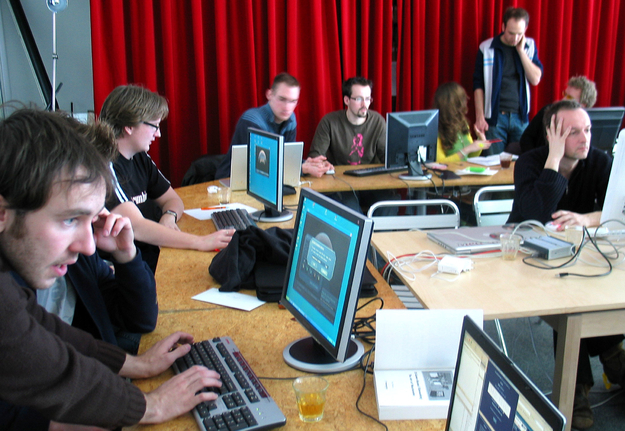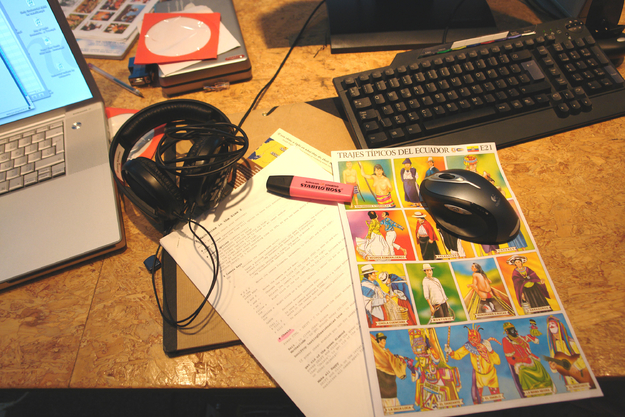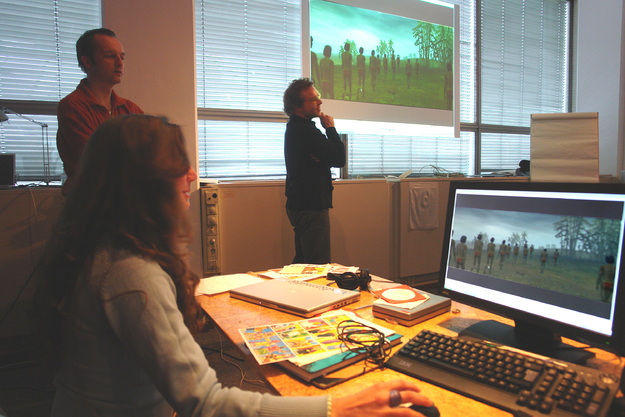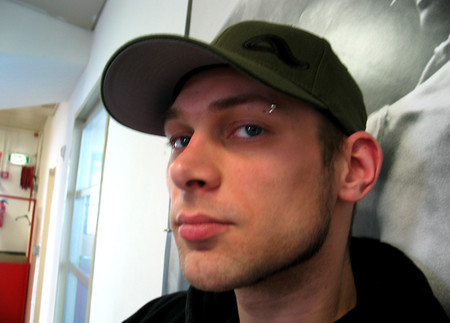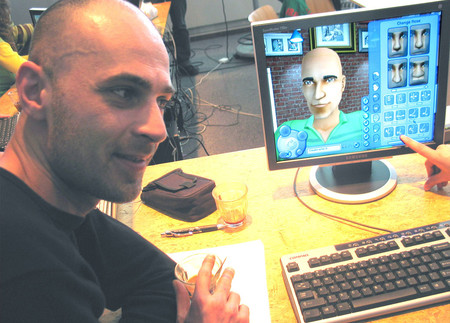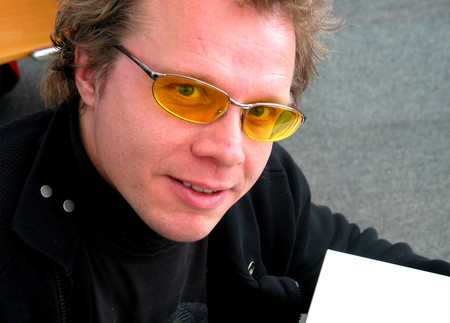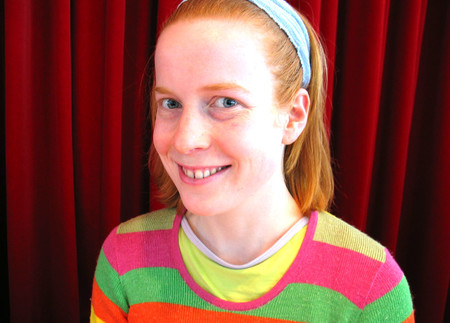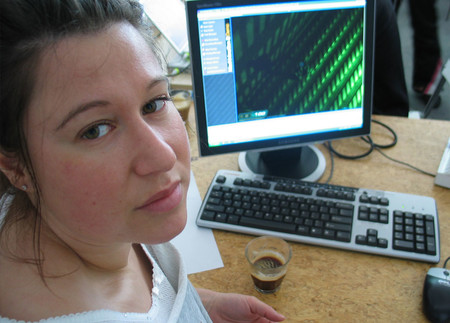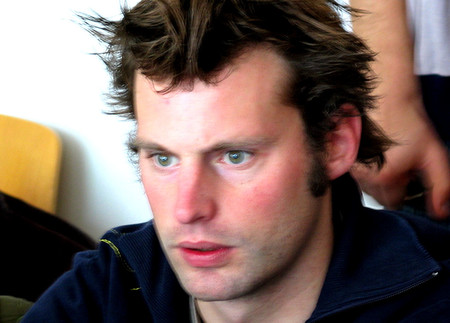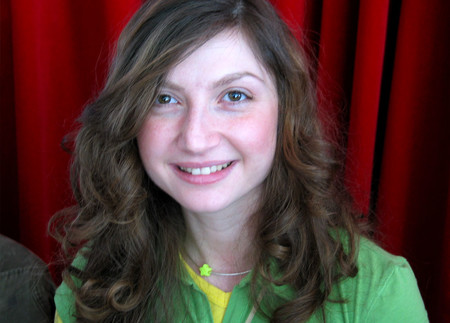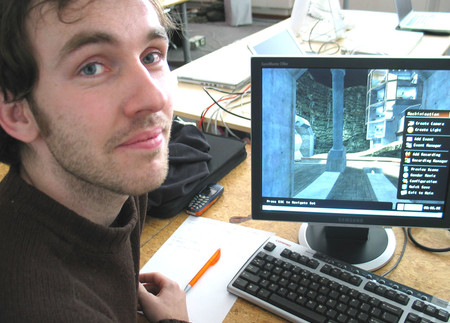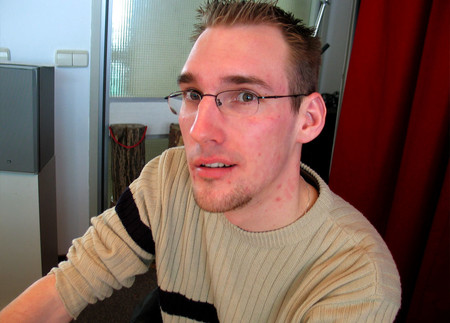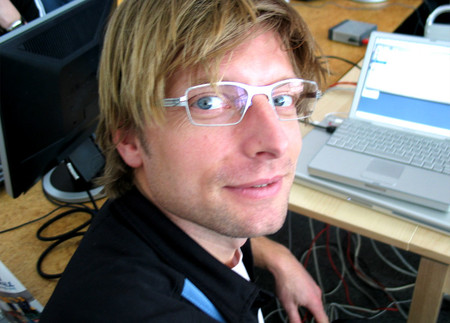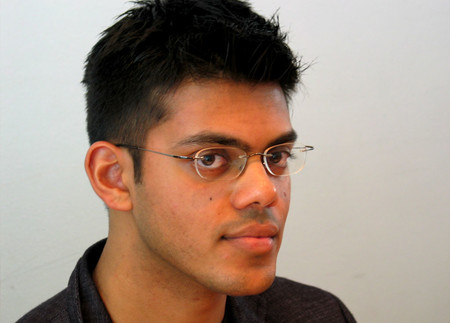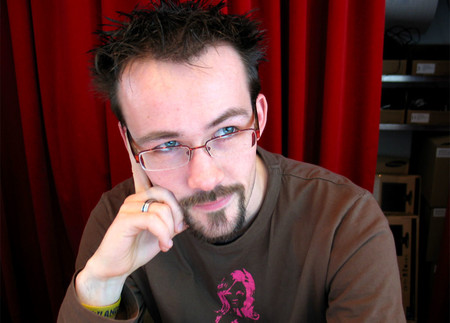Machinima: an introduction
Machinima, the art of making films inside computer games, has been around from the early 90’ies. In the opening lecture by Friedrich Kirschner, Friedrich gave an overview of the history and current practices of machinima. In an attempt to mark a point as the ‘birth’ of machinima, Friedrich pointed to the release of Doom in 1994. Doom allowed for the saving of the keyboard hits a player made during the play of the game. The (small) files with this data could be exchanged via floppies to other players who could load the file and playback the exact hits someone else made, producing a movie-like experience. In 1998 the release of the second Quake, again by iD Software, made it possible to record the progress of a play session, but this time the performance could be “recammed" from different angles allowing for visually more diverse movies. After these two important first steps of machinima, the phenomenon grew larger and larger, but stayed mainly imbedded within the game-community. In recent years however, more interest from different fields arises for machinima. It was recognized that machinima allowed for cheap production and flexible configuration, thus providing a platform with all kinds of interesting possibilities.
After this introduction to machinima in general, Mark Meadows continued the theoretical framework, by diving into character development: key aspect of any serious movie attempt. Presenting a new character model for facial animation, Mark underlines the notion that we are entering a more dramatic era of gaming and machinima. Drama that calls for more convincing performances by virtual actors.
Enter the game
But how are we to unlock all these possibilities? Deeply imbedded into game culture, making machinima needs you to think as a gamer. Machinima are the result of play and thus plays by the rules of the game. The rules can be bent, changed and deconstructed, but prior to that there needs to be an understanding of the game itself. The participants where guided in this by Daniel van Gils and Friedrich Kirschner. Machinima use the in-game engine of videogames. Most of these engines can be accessed in-game or via an editor and within the environments of these engines, changes or ‘modifications’ can be made to the game, giving birth to all sorts of digital artwork. During the workshop, Daniel guided the participants trough the basic technical aspects of modding: making custom maps, skins, using lights and 3D sounds. With this topology of the implications and technologies of machinima laid out, it was time for the participants to get hands on with the production of their own machinima.
First step was gathering possible scenario-ideas and the forming of teams of people with the same interest. The remainder of the first day the teams did some get to know each other and brainstormed on their actual project.
The second day, Daniel van Gils introduced the participants to the world behind the game. With the Machinimation 2 tool, based on the Doom 3 engine, Daniel showed how the participants could make their own maps, place lights and actors in those maps and explained how things like textures and bump maps work. With this new knowledge the teams needed to finish their scenarios and start to experiment with the different game engines they were going to use for their machinima. Because of the very distinct visual styles between the different game engines, each project needed a different approach. Rini and Neda for example, wanted to depict a Ecuadorian rainforest, something for which the engine of a simulation game like The Sims 2 is totally unsuitable. For these shots they used the FarCry engine. But they didn’t stop there, a little later on in their movie we come across an oil refinery, taken from Battlefield 2 and moments later we are racing trough the crowded streets of Los Angeles in Midtown Madness 2. The ending of the movie is another mix of different game engines. A scene from Battlefield is being walked trough by characters made within the Sims 2. The short film uses all these different visual styles for specific purposes and by doing so creates an interesting and thought provoking result of a mixture of not only visual styles, but also on ideological level of the clash of different worlds.
Another project, which made explicit use of different game engines, was the project of Claudiu and Stefan. They combined material from The Sims 2 and Quake 3: Arena to tell a discursive story of making machinima within machinima. Claudiu and Stefan made look-a-likes of themselves in The Sims 2. The film start with the two of them deliberating about how they are going to make their machinima within Quake 3: Arena. Then we enter the film the two Sims characters supposedly have made: a chasing scene of a Lego-man pursued by a big red monster. After some running and jumping trough different spaces and areas, the two characters end up in a dead end room. Then there is a twist because two characters appear to be colleagues, working together on a machinima movie and they needed to rush for a deadline. Then on screen we see on which movie they are working: the Sims movie we saw earlier on. This funny look on the practice of machinima, makes clear at the same thing that in machinima anything can be used by anyone, footage from different sources is brought together, with sometimes surprising results.
Real live footage can also be easily transported within the virtual world. The movie of Renee and Joachim explored this. In the world of Second Life they brought in a wall on which video footage could be shown. The story is about how the in-game characters react upon this intrusion of their virtual world. One character is very suspicious of this ‘apparition’, but the other character couldn’t care less and doesn’t get the fuzz, resulting in the funny one-liner: “John is having his period…???
Keep working people!
The third day kicked off again with a workshop by Daniel and Klaas, this time on the use of sound. Daniel showed how game editors make use of sophisticated 3D sound engines and how sound can be imported into the game environment. Klaas showed some resources the participants could use for finding free and useable sounds and music. After this lesson everybody got back to work and continued there projects.
Anne and Ricardo for example where working there hardest to make a set for their Second Life dancing film. With Ricardo in charge of the setbuilding, it was Anne who was working her hardest on making the characters dance. With the character-animation tool, included with Second Life, she was trying to produce some nice moves and poses for the characters in the film. The result is a joyful dance on some evoking music.
Really diving into the technology and modding of the game were Roy and John. They took the versatile Quake 3: Arena engine and made a completely customised set and props like a helicopter. Roy and John are working on an animation project for their study at the Filmacademie and were curious about the possibility of using machinima for previsualization (previs) purposes. Traditional 3D animation isn’t very flexible and real-time so making a previs is very hard. Machinima on the other hand is completely real-time and for that reason an interesting option for making a previs. Their scene of a robot that is searching for a mechanical arm on a junkyard had a very dark and rusty edge, the style they were looking for. The grpahical quality doesn’t come close to what traditional 3D animation is capable of, but in four days they could make the set, construct the props, import the characters and shoot their scene and that was their aim: can you make a rough version of what it is going to be in the end with machinima? “Yes!??? was their answer.
The fourth and final day of the workshop was a day with the motto: “Less talk, more work". All the teams where working their hardest on finishing their shoots, editing the material, placing sounds under their movies and rendering out movie-files of their projects. Under the guidance of Jonas and Daniel everybody tried to finish their projects as much as possible and in the final presentation it all came together: the fruits of the workshops came on display! Some groups had a finished moviefile, but others had a different approach. Catherine and Paul with their production: “A Man and his Gun??? made a live performance of what they had produced. Live on screen we saw a custom made map with Paul as The Man and Catherine as The Gun. In a sort of mating dance they sought the company of each other and their eventual symbiosis in each other, underlined by some brutal shooting from the man and his newfound gun.
And with the screenings and live performances a fruitful workshop came to an end. Four days of intensive working, thinking, debating and promising projects is what everybody took home with them and hopefully will still think of many times.
